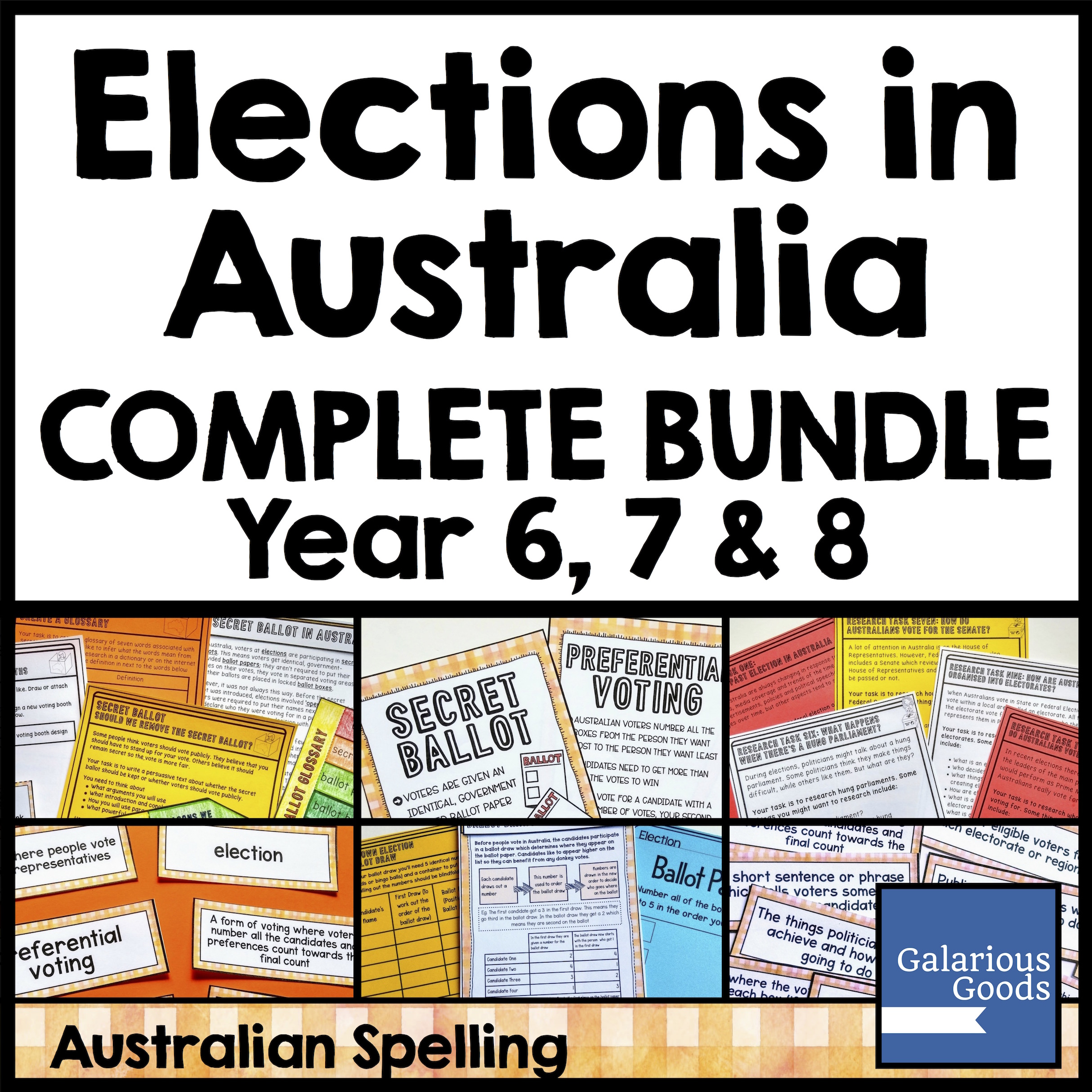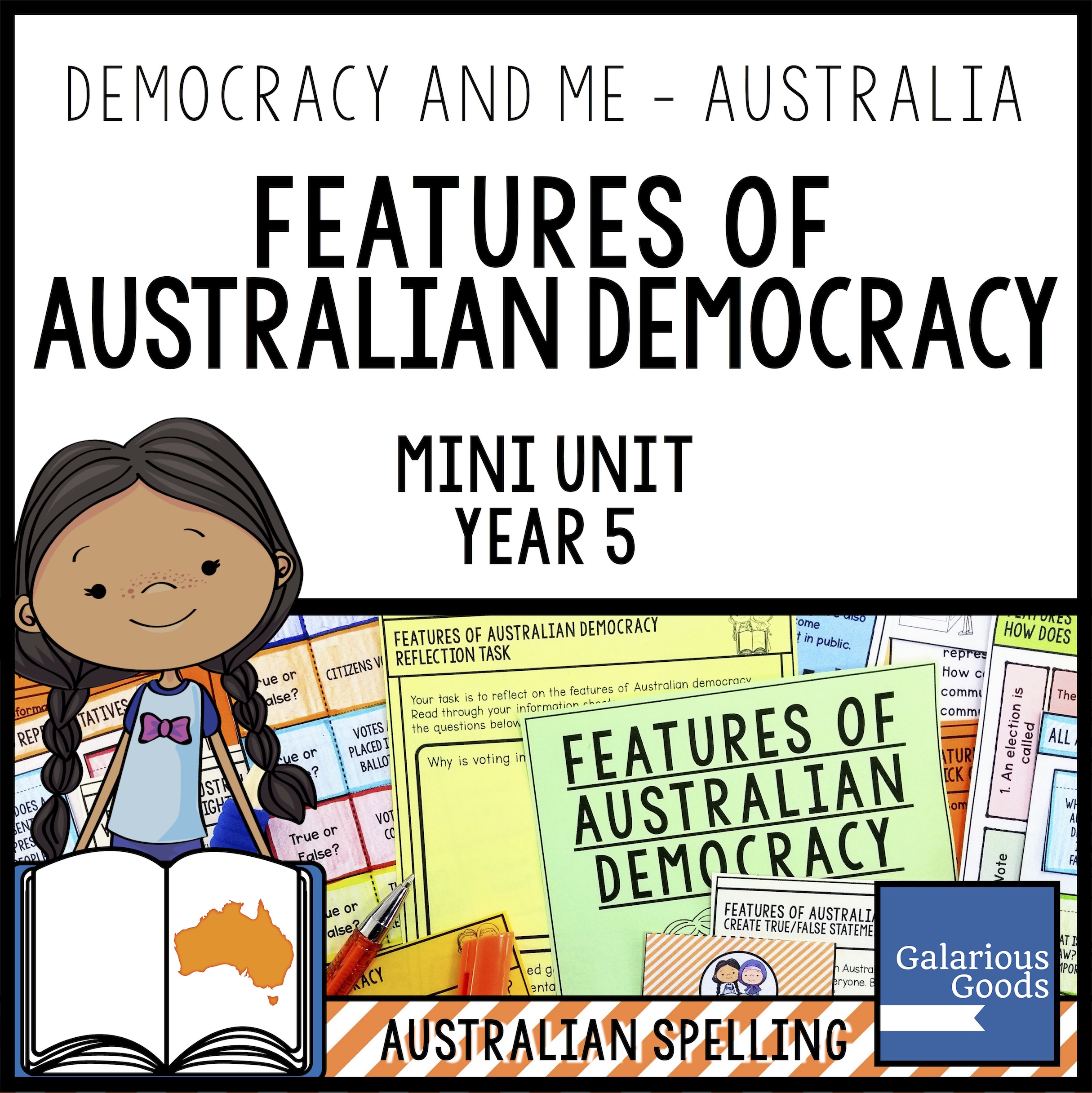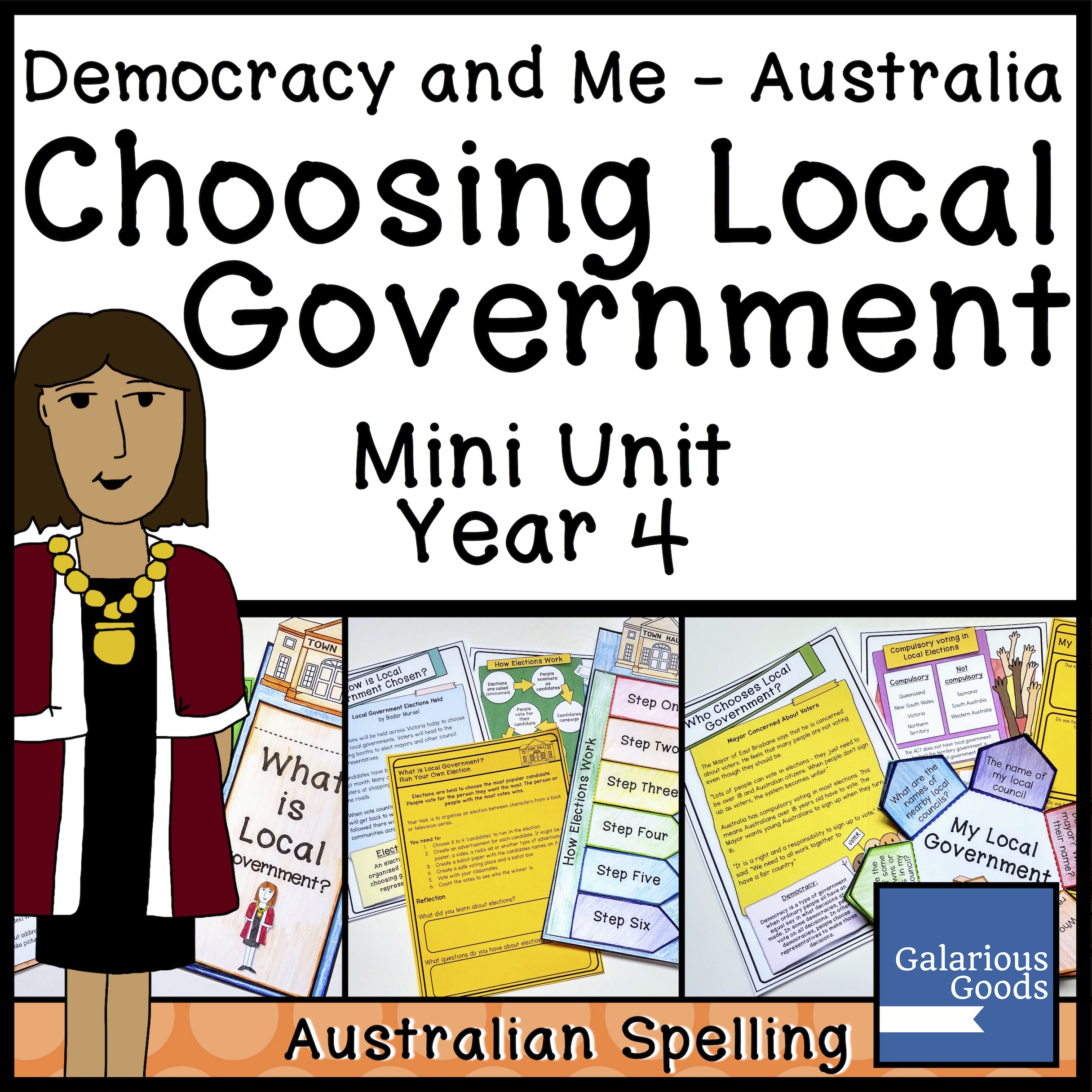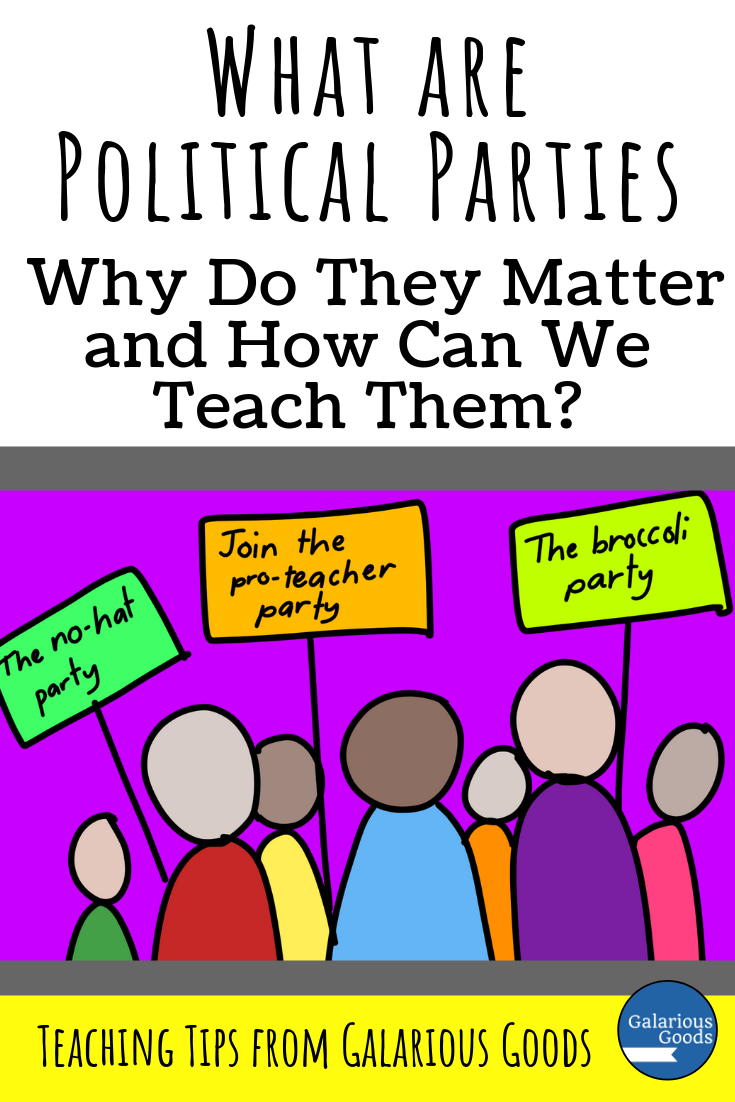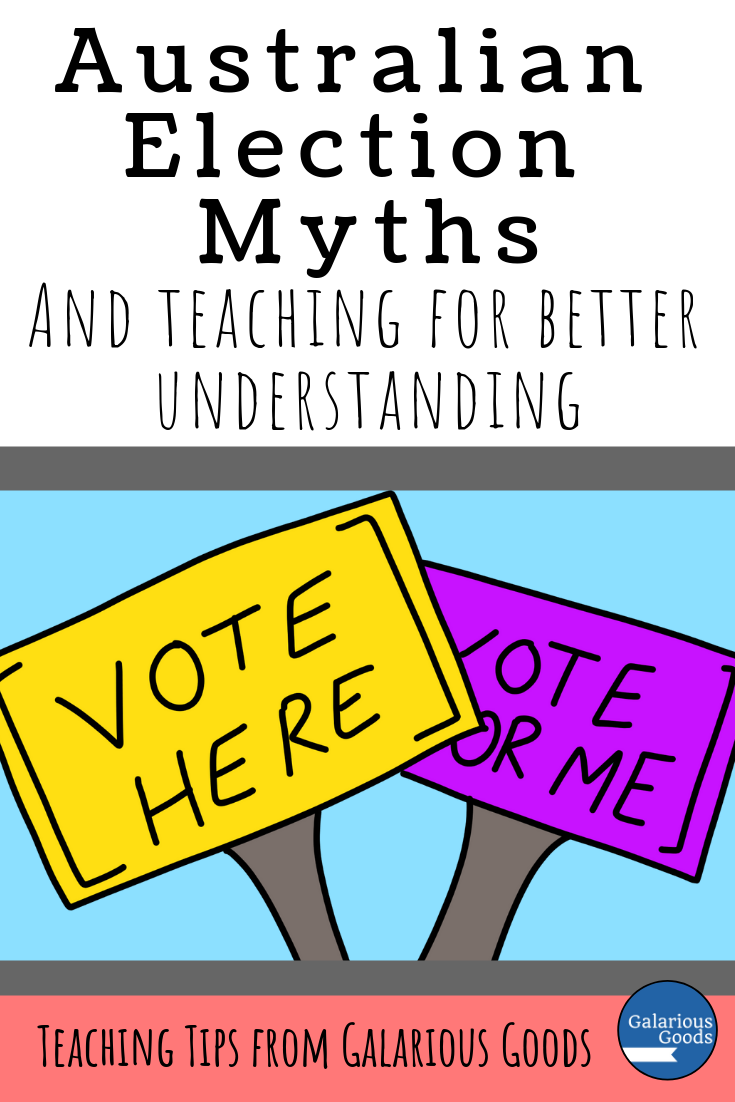Why We Should Explore Compulsory Voting in Our Classrooms
/One of the striking parts of election day coverage in Australia is seeing people interrupt their regular Saturday activities to vote. Images of voters in swimmers and towels, sporting uniforms or wedding outfits is not uncommon. It’s one of the side effects of compulsory voting which Senator Herbert Payne probably didn’t consider when he proposed it back in 1924.
So, with compulsory voting just part of life in Australia - why should we worry about exploring it in the classroom. And if you’re teaching outside of Australia, is it a topic which should even come up?
The 1922 Australian election saw a dramatic drop in voter participation - a drop which continued a trend which had occurred over a number of elections since Federation in 1901. This concerned a number of government representatives including Senator Herbert Payne who proposed a private member’s bill to make voting compulsory. Since the passing of the bill, participation in Australian federal elections hasn’t fallen below 90%.
This is a fascinating moment to put into the context of history. World War One had been both a devastating and defining moment for the young nation, with the loss and injury of many, a long way from home. Senator Payne and his supporters were concerned that low participation rates at elections would lead to a deterioration of democracy and the laws which were being made.
If the country hadn’t been so young - still working out how to go forward after only 20 years since Federation; if Australia hadn’t just been through World War One where they were called on to work together for an ideal a long way away from their day to day lives - it’s possible that compulsory voting may not have been embraced.
This is not a moment in history which we often look on in Australian classrooms. We don’t spend a lot of time on electoral history - with the exception of a few referendums. But it’s interesting to contemplate what might have happened if Senator Payne and his colleagues had not passed compulsory voting. How might that have changed future elections? And how might that have changed Australian history?
While compulsory voting is widely supported in Australia, it’s very rare for a democratic country to have, maintain and enforce compulsory voting. For many in countries with voluntary voting, being compelled to vote appears unfair - even undemocratic.
Exploring the benefits and drawbacks of compulsory voting is an excellent classroom activity. Students can look at how compulsory voting encourages governments to set up systems which make it possible for everyone to vote (especially important when you have remote areas like in Australia) and explore some of the systems in place in Australia. Students can debate whether everyone should get a say in elections - whether they’re informed or interested or not. And students can explore some of the reasons people put forward against compulsory voting and debate whether they are robust arguments or not.
What about students and classrooms outside Australia? Exploring the Australian system of compulsory voting gives students a different idea of what voting can look like - this can be expanded with students looking at other kinds of voting around the world and how they contribute to different types of democracies. Older students may also like to explore why compulsory voting works in Australia and what conditions would be required for it to be successful in other countries.
Compulsory voting sounds like a bit of a dry subject on the surface. But a little digging can turn it into a fascinating history or government lesson - the perfect way to stretch your students a little. Have you taught it in your classroom? Let us know in the comments below.




